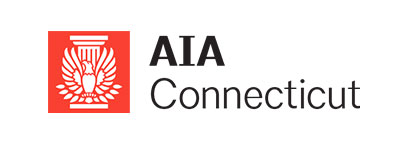
Earth, Wind and Fire…with Some Water Thrown In:
This two- part program will address the lessons learned from building failures caused by natural and man-made disasters as well as the liability issues arising from those failures. Joe Lsitburek, Ph.D, has described his all day presentation as “not about gold and platinum albums or R&B, soul or jazz but earthquakes, nor'easters, floods, fire and snow. The physics and technologies are well known…it’s just that the loads are greater. What lessons have we learned from hurricanes Katrina; Harvey; Sandy; the Northbridge earthquake; the California Thomas wildfires; and ultra-efficient building enclosures that have no energy flow and therefore no ability to dry should they get wet? Does trying to save energy to prevent climate change that can damage structures cause more damage to the structures than the damage caused by climate change? The Second Law of Thermodynamics points out that there is no such thing as a free thermodynamic lunch. This presentation tackles the often competing goals of energy efficiency, health, safety, comfort, durability and resiliency and focuses on what failure has taught us.” To complement Dr. Lstiburek’s presentation, SCOTT SMITH of Smith Brothers USA will discuss the liability issues that result from these kinds of failures: What effect does climate change have on the Design community? Scott Smith will discuss risk considerations and critical contract clauses to help protect designers from the storms that lie ahead.
Sponsored By AIA Connecticut
Credits: AIA/HSW
Type: Lunch & Learn

Hard Hat Tour - Yale University New Science Building
Yale University’s new Science Building (YSB) is slated to join Phillip Johnson’s Kline Biology Tower- Yale’s tallest building- at the heart of Science Hill on Yale University’s northern campus. Science Hill is comprised of an eclectic group of buildings, arranged around a courtyard plaza atop Sachem’s Wood at the terminus of historic Hillhouse Avenue. Built between 1930 and 1980 they are of varied architectural styles and materials. On the site is Gibbs Lab, which will be replaced by a new science building designed by Pelli Clarke Pelli, in association with Stantec. This commission will create greater connectivity and encourage interdisciplinary research collaboration. The main 4-story lab building will house numerous departments including: Molecular Cellular Developmental Biology (MCDB) Research Labs, MCDB Chemical Synthesis Labs, MCDB Plant Facilities & Greenhouses, inter-departmental Quantitative Biology Center (Q. Bio.), AMO Physics Labs, Imaging Center, and shared core labs. The building terraces down the east side of Science Hill following the natural grade of the “drumlin” landform. Its massing is kept intentionally low in response to the scale of the surrounding context. In addition, a pavilion containing a café, study and lounge space, and a seminar room will be situated between the main building and Kline Biology Tower, enclosing the southern end of the plaza and minimizing the winds that make the current plaza uncomfortable and underused. A new, inviting courtyard will be landscaped to unite the other science buildings and provide a more enlivened sense of place. Enveloped in a glass curtainwall with a grid of painted aluminum vertical piers and horizontal sun shades, Yale Science Building will co-exist in harmony with the other architectural styles and materials that inhabit Science Hill. The project also consists of a large underground concourse level that connects all the buildings surrounding Science Hill as well as housing the vibration sensitive Physics and Imaging labs as well as a 500-seat lecture hall.
Sponsored By AIA Connecticut
Credits: AIA/HSW
Type: Lunch & Learn

New Value Propositions and Business Models
Please join us for an important and timely series presented by Phillip Bernstein, FAIA on the challenges and opportunities posed by an array of new technological advances, as well as changes in delivery methods. This program has been especially designed for AIA Connecticut practitioners to make architect members more competitive in the face of vast structural and technological changes. Click here for more information.
Sponsored By AIA Connecticut
Type: Lunch & Learn






